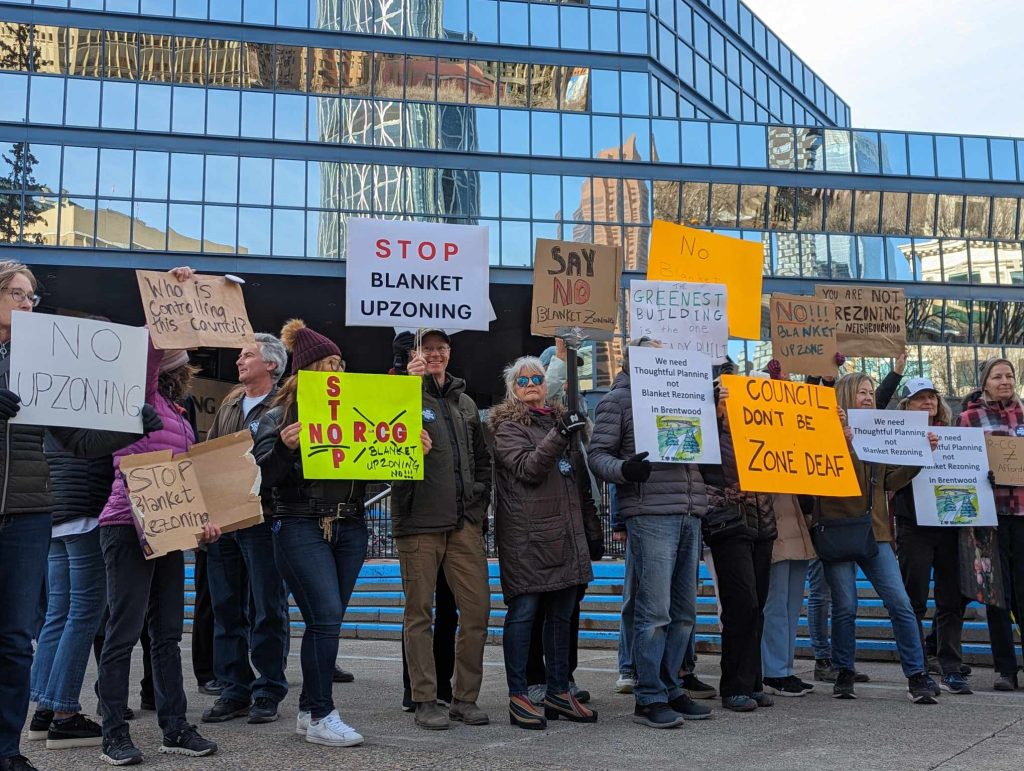OSAG recommends better forecasting, stiffer penalties to not exceed GHG emissions cap
Posted Jun 16, 2017 4:31 pm.
This article is more than 5 years old.
Alberta’s Oil Sands Advisory Group is recommending better forecasting reports, changing regulations and stiffer output restrictions in order to not exceed the provincial greenhouse gas emissions cap of 100 megatonnes per year by 2030.
The group released its recommendations Friday and now the Alberta government will review them and consult with industry stakeholders and First Nations communities.
The group’s co-chair Dave Collyer, former president of the Canadian Association of Petroleum Producers and Shell Canada, said it reaches a balance of economic, social and environmental priorities.
“The emissions limit is a safety net, that’s not the primary objective,” he said. “The primary objective is irrespective of that, drive down emissions intensity, perform better, be more competitive.”
Alberta emits roughly 70 megatonnes currently or roughly 2.5 million barrels and the latest CAPP projection suggests we’ll be at about 3.67 million barrels by 2030, which is when we would be getting closer to the 100-megatonnes cap.
However, that doesn’t take into account advances in technology that could further mitigate emissions, while still green-lighting projects and not affecting production.
On the subject of technology, the province will consider output-based allocations, which financially reward the most efficient energy producers, an incentive for innovation.
OSAG recommends each oil sands facility submit a forecast of its expected emissions for that year, which should be the same as any annual facility level forecasts used for the purposes of implementing the provincial carbon levy.
If despite the forecasting improvements and advancements in technology we were to get closer to the 100 megatonnes cap, OSAG recommends stiffer penalties to emitters.
They include the government restricting new projects from starting construction until the emissions scarcity no longer exists and restraining existing projects which are the worst emitters.
“If you constrain existing production, it’s going to be constrained on the basis of emission-intensity, that’s abundantly clear,” he said. “If I were the province, what I’d be saying is I want to maximize production under the limit, because that’s best for jobs, it’s best for the economy.”
OSAG is made up of representatives from industry – including seven oil sands producers – environmentalists and First Nations representatives.
Companies that go over the cap could face fines of $200 per tonne in excess, and that figure could get bigger over time.
The provincial government will now review the recommendations and have further consultations and Environment Minister Shannon Phillips said regulations will be voted on in early 2018.
“These are exactly the kinds of conversations we want to have with industry to ensure that we’re reducing emissions, not production,” Phillips said.
Wildrose and Official Opposition Leader Brian Jean is criticizing the penalty recommendations, specifically that to the government restricting approvals, saying it would further chill investment in the oil and gas sector.
“Should they accept this report in its entirety, will hamper further growth and investment that would only serve to hurt everyday Albertans,” Jean said in a statement. “Recommendations on this growth cap sends a strong signal that Alberta is not open for business at a time we can least afford it.
But Collyer said with the reality of governments of all levels and global investors paying more attention to climate change, doing nothing doesn’t make sense.
“The best way not to leave oil in the ground is to be always improving our performance and innovating and being more competitive,” he said.










